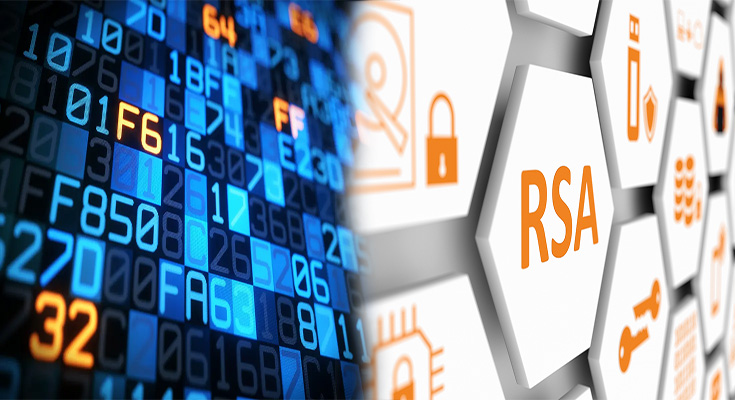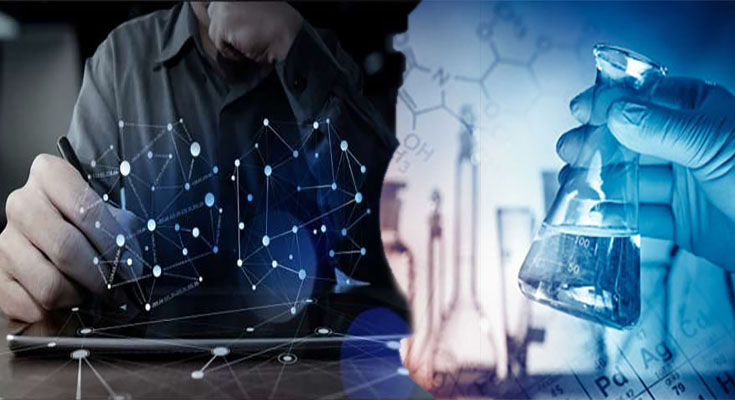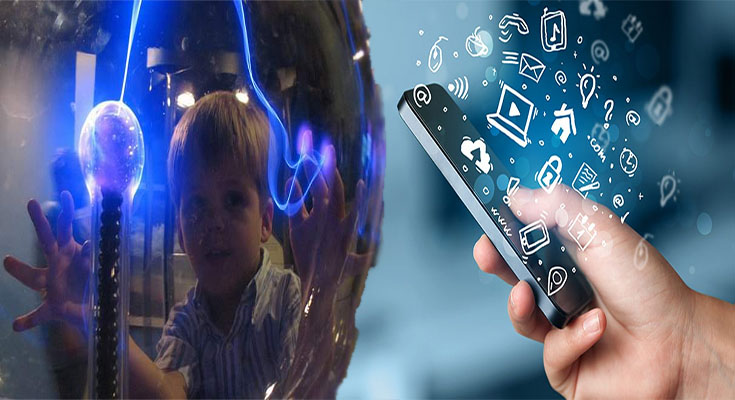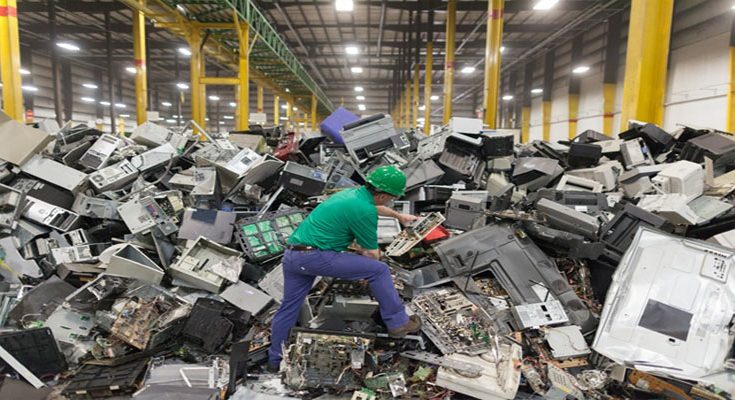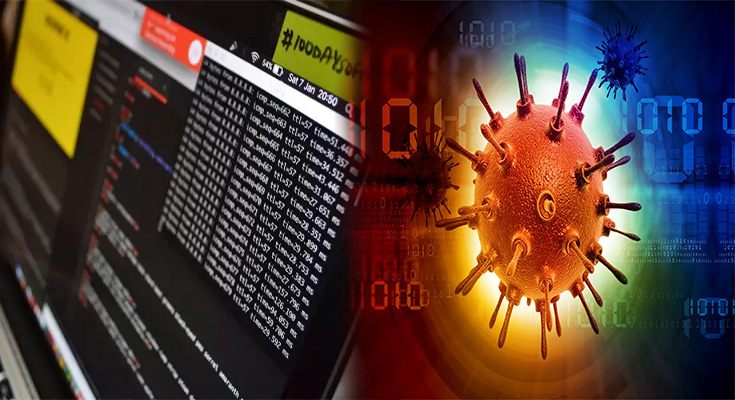
How Malicious Software Breaks Your Computer
Malicious software is a serious problem for anyone who uses a computer. It can break into your computer and cause a lot of damage without you even knowing it’s there. Malware comes in several forms, including viruses and spyware, both of which are designed to take over your computer without your knowledge. Antivirus software only detects some types of malware, so it’s important to know how to protect yourself against other kinds as well. It’s also important to keep in mind that even if you don’t download any new programs—and probably won’t—you still may be at risk if you visit sites that host malicious content or click on links from e-mail messages sent by scammers.”
Malware can be a serious problem for your computer.
Malware is a very common problem. It can cause serious problems if left unchecked, and it can be difficult to remove. Malware can cause performance problems, …
How Malicious Software Breaks Your Computer Read More

